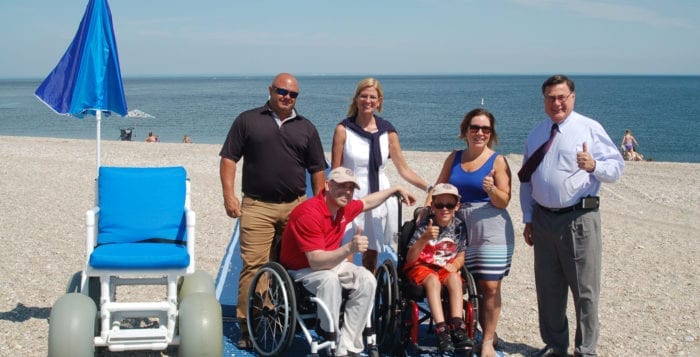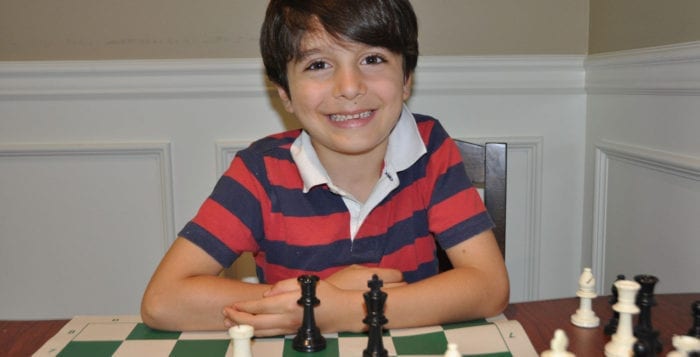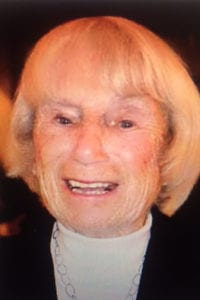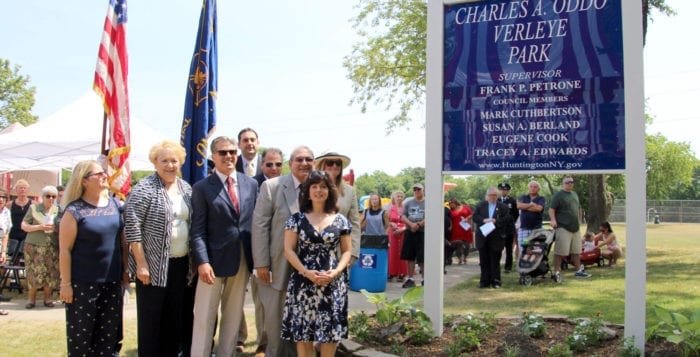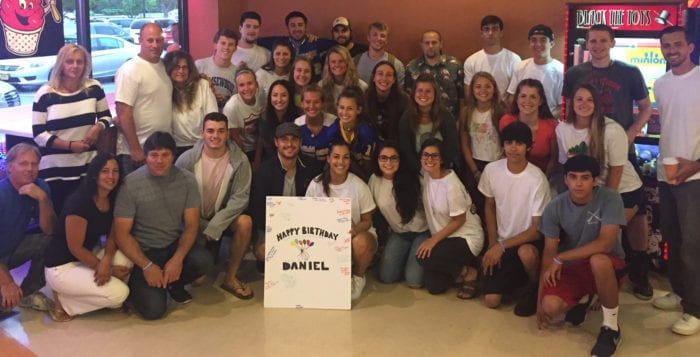By Wenhao Ma
Britain’s decision to leave the European Union three weeks ago has caused mortgage rates to decline in United States, and North Shore financial advisors and real estate agents see Brexit’s impending global changes as good and bad.
A North Shore real estate agent said following Brexit, U.S. mortgage rates have greatly decreased
The value of British pound dropped rapidly after England’s vote on Thursday, June 23, and was significantly lower than the U.S. dollar next Monday. With the change of value in currencies, offshore money has started to flood into the United States, which leads to a drop in mortgage interest rates, according to James Retz, associate real estate broker for Daniel Gale Sotheby’s International Realty in Cold Spring Harbor.
“It’s only been a few days since Britain’s vote to leave the European Union,” he said. “[But] several lenders here have posted lower interest rates for long-term fixed rate mortgages.”
Up until Thursday, June 30, the average 30-year fixed rate had fallen under 3.6 percent and the 15-year fixed rate was more than 2.7 percent.
Retz ruled out the possibility of domestic factors causing low rates.
“I am not aware of anything that has happened in the USA to make the rates drop,” he said. “Until Britain’s vote to leave the European Union a few days ago, mortgage rates were static.”
Besides mortgage rates, Brexit hasn’t yet had much impact on Long Island’s economy. But experts do a predict small influence on local tourism.
“There will be a small negative effect on students and tourists visiting Long Island as the dollar has strengthened against the pound,” Panos Mourdoukoutas, professor of economics from Long Island University, said. “But it will benefit Long Islanders visiting the U.K.”
Mark Snyder, owner of Mark J. Snyder Financial Services Inc., shared that opinion.
“Locally, Brexit will likely mean less foreign tourists coming here since it’s forcing a rise in the dollar’s value, but might make for good international travel deals,” he said. Snyder is not certain of Brexit’s long-term impact on international or local economies.
Mourdoukoutas didn’t sound optimistic on the future of Brexit. “In the long term, Brexit could lead to the break up of EU,” he said. “That’s bad news for the global economy, including China.”
Michael Sceiford, financial advisor at Edward Jones’ Port Jefferson office, thinks otherwise.
“The U.K. is about 4 percent of the world economy and it doesn’t leave the EU immediately,” he said. “So we believe the economic impact is likely to be much less than the market reaction suggests.”
Sceiford believes that it may take three or more years before Britain actually departs. According to an article he submitted, this extended time can give financial markets a chance to absorb the new reality and give investors time to ponder their long-term strategy.
“The Brexit may not be a positive development for the global economy, but we’ve gotten past bigger events in the past, including wars and other political crises,” the financial advisor said. “As the British themselves famously posted on their walls during World War II, ‘Keep Calm and Carry On.’”


